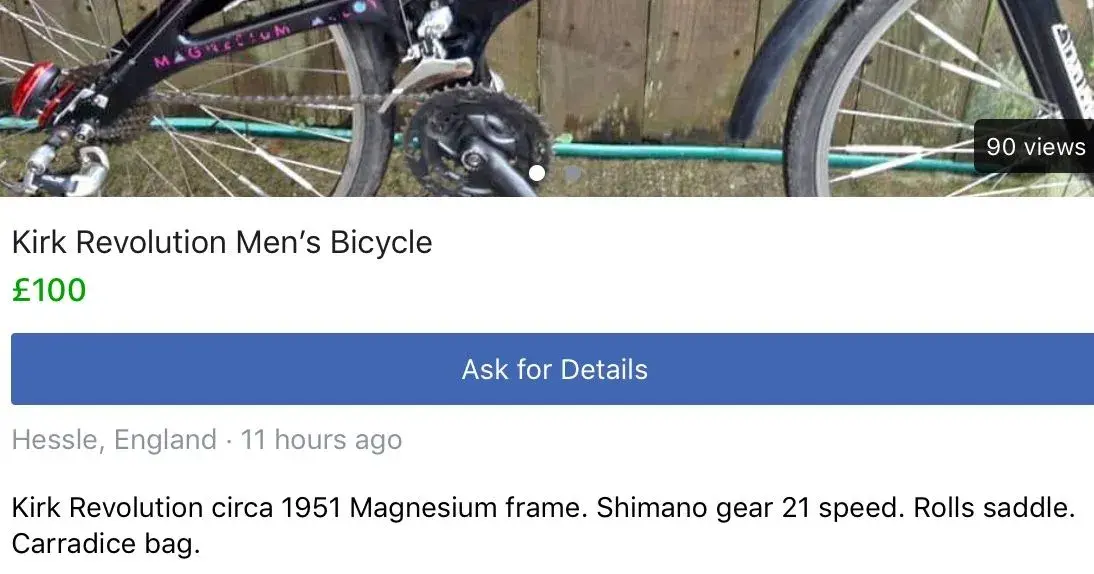james1985":3c8jkbjt said:Just got back home, so dug the S&G out for a photo.
So that's an early Muddyfox, like the one in this thread.
viewtopic.php?f=1&t=290545
S&G would appear to be a shop in Cambridge.
Must have been 83/84 so another one early to the Party like the Evans Saracens although Japanese made.
Like LGF said they did have a good marketing department so sold well.
Carl.
